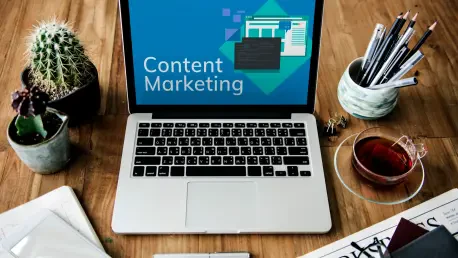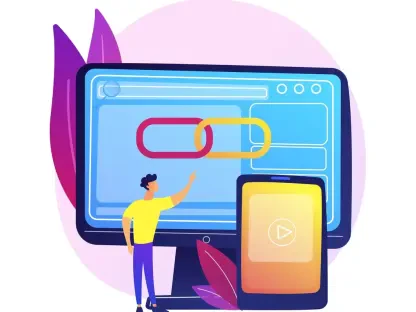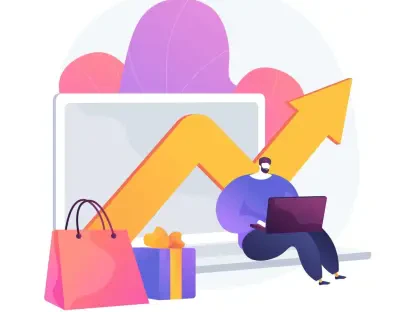Listen to the Article
B2B demand generation succeeds or stalls on one principle: every asset must match the buyer’s intent at the exact moment they experience it. Yet Content Marketing Institute’s 2025 outlook shows that large percentages of teams still publish without a documented mapping strategy, cutting conversion potential in half.
When content and context disconnect, prospects wander, pipelines leak, and revenue forecasts lose accuracy. Is your content marketing team equipped to assign purposeful B2B content to distinct funnel stages?
Read this article to explore how CMOs, marketing heads, senior copywriters, and everyone involved in content creation and/or marketing can move prospects forward with intent.
Moreover, you will explore how your fellow content professionals are faring with the ever-growing need for impactful, converting content. Dive in to uncover what makes a buyer’s journey dynamic, why it’s needs-based, and how you can leverage content to answer that need faster than your competition can.
Awareness with a Touch of Consideration
Buyers here recognize symptoms, not solutions. According to Demand Gen Report, 75% of modern B2B researchers avoid sales interactions while gathering early insight. Their first stop is organic search and industry commentary. Brands win trust by speaking about the problem, not about themselves. That’s why industry professionals seeking demand generation success must set the following as core objectives:
Educate on the root cause and business risk;
Earn share‑of‑search with authoritative guidance.
Consider creating thought‑leadership blogs that frame the issue with data pulled from reputable surveys. PathFactory notes that well‑researched articles remain the top traffic driver for high‑performing funnels. Moreover, your innovative peers are already leveraging short explainer videos or interactive infographics shared on social channels to boost reach and social proof. When it comes to measurement, focus on net‑new engaged accounts, scroll depth, and repeat visitors over all else, as you’re still within the very first phases.
Step Into Consideration
During consideration, prospects compare frameworks and shortlist vendors. Sybill’s 2024 study shows mid‑funnel buyers read an average of three case studies before scheduling a demo. They crave depth and proof. It’s essential that you clarify solution categories and evaluation criteria to demonstrate credible outcomes for companies with similar pain points. For this stage, think about leveraging case studies and ROI briefs that provide quantitative results. Nothing rings more with decision-makers than “previous successes”.
And in today’s digital-first world, live and/or on-demand webinars are a must. They let audiences question product strategies in real time and get instant answers.
Limit registration forms to essential fields to reduce friction and track view‑through rates, content‑induced pipeline value, and influence on opportunity velocity.
The Decision-Making Stage
Prospects have executive attention and budget alignment. A recent OroCommerce buyer survey finds that 67% of procurement leaders already complete half of their purchasing steps online, a figure set to rise to 83% next year. Decision‑stage content therefore must remove remaining doubt within digital channels.
For CMOs, marketing heads, and senior copywriters, this surfaces the need to validate technical fit and financial impact as well as equip champions with persuasive material for internal stakeholders. When tracking success in the decision-making phase, look for lifts in win rate, deal acceleration, and average contract value as decision‑stage Key Performance Indicators.
Tap into the power of interactive demos, pricing calculators, and comparison grids that make cost–benefit clear. These will help inform your customers’ decisions. In addition, provide stellar peer testimonials or third‑party analyst reports to add external credibility and help prospects visualize future successes with your company.
How Alignment Powers Demand Generation
Cognism’s 2025 buyer‑journey guide identifies mis-timed content as the primary reason inquiries lose momentum or drop from the funnel prematurely. Precise asset alignment addresses this challenge by enabling frictionless progression, allowing buyers to independently access the next logical piece of content exactly when needed, sustaining their forward momentum.
Additionally, accurate alignment enhances attribution predictability, empowering marketers to clearly connect gated downloads or demo interactions directly to nurture activities tailored for specific funnel stages. Finally, it fosters revenue-centric collaboration between marketing and sales by equipping sales teams with targeted, objection-specific content instead of generic materials, enhancing their ability to swiftly address buyer concerns and accelerate deals.
Well‑aligned content also supports non‑linear journeys. Prospects jump back and forth, but intent data signals which track they occupy. AI‑driven orchestration tools can then surface the proper asset in email, chat, or social retargeting, keeping relevance intact.
Key Implementation Considerations
Rolling out an effective stage-aligned program requires clear direction, so use this implementation checklist as your roadmap. Begin by taking inventory of existing assets, labeling each clearly by funnel stage, and archiving duplicates to maintain clarity and relevance. Next, evaluate content gaps by referencing the buyer questions uncovered during win-loss interviews—this ensures the program directly addresses real buyer needs and challenges.
When deciding what new assets to create, prioritize where potential impact aligns most urgently with current business goals. For instance, if close rates are lagging, start by crafting compelling consideration-stage case studies to help guide prospects deeper into the funnel. Once content priorities are set, map out your distribution tactics, such as SEO optimization, Account-Based Marketing ads, and nurture emails, carefully aligning each approach to the appropriate asset and funnel stage:
Clearly define success metrics tailored to each funnel stage to measure effectiveness for awareness and track new engaged accounts;
For consideration, focus on Sales-Qualified Leads creation;
And for the decision stage, closely monitor won revenue.
Conclusion
When it comes to content and demand generation, relevance supersedes noise. By matching every blog, video, or calculator to the precise information need of an active buyer, marketing leaders replace random acts of content with a systematic growth engine. The outcome is shorter cycles, stronger trust, and a funnel that moves buyers forward on purpose, not by accident.
To operationalize this relevance at scale, systematically following an implementation roadmap becomes critical. Inventory, gap evaluation, asset prioritization, targeted distribution, and stage-specific metrics transform strategy into tangible results. With continuous alignment, your content assets become not only compelling tools but predictable drivers of revenue growth, keeping marketing efforts closely aligned with buyers’ evolving expectations.









